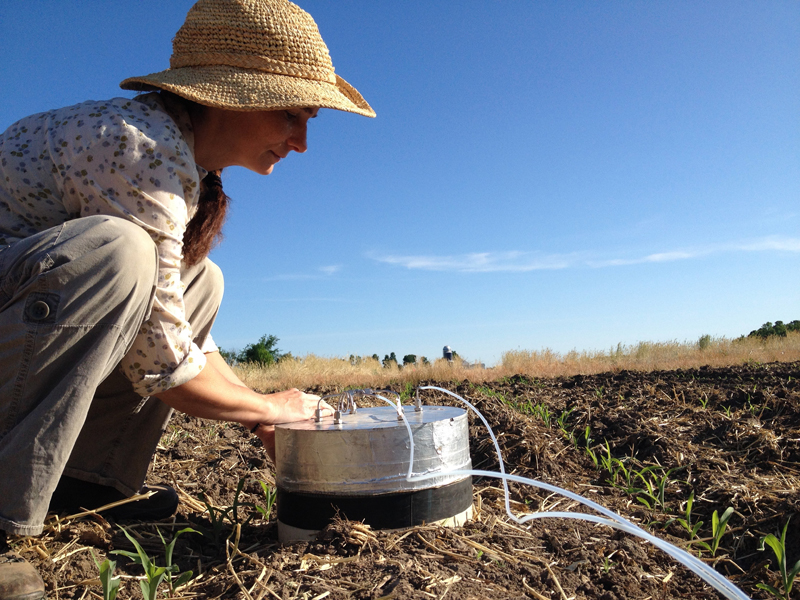Environment
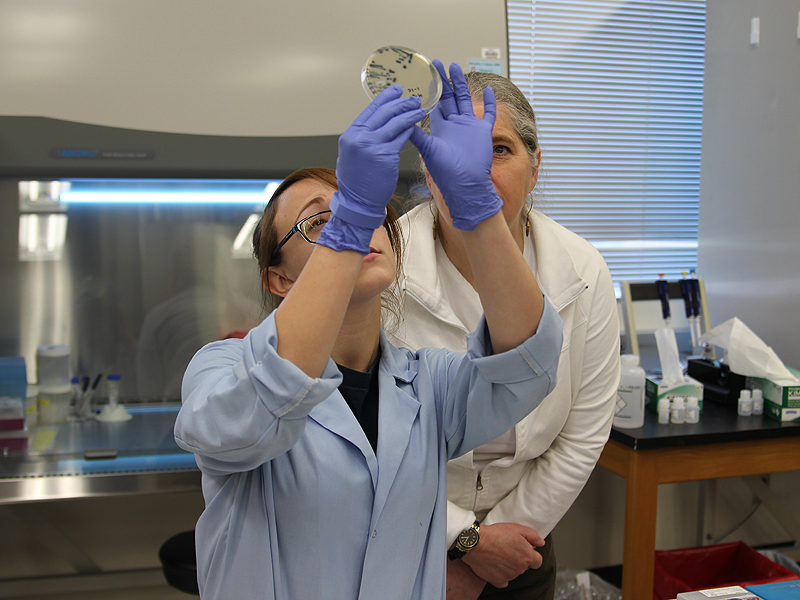
Salads were recently in the news—and off America’s dinner tables—when romaine lettuce was recalled nationwide. Outbreaks of intestinal illness were traced to romaine lettuce contaminated with Escherichia coli (E. coli) bacteria.
These bacteria occur naturally in the intestines of warm-blooded animals. Because crops are grown in the natural environment, E.coli may get into the fields, contaminating produce. The results are potentially deadly for people who eat that produce.
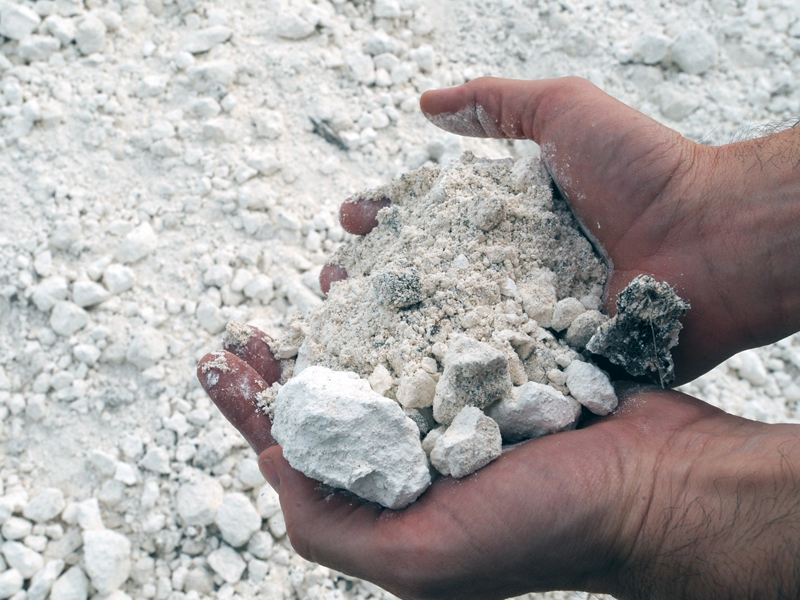
Warren Dick has worked with gypsum for more than two decades. You’d think he’d be an expert on drywall and plastering because both are made from gypsum. But the use of gypsum that Dick studies might be unfamiliar to you: on farmland.
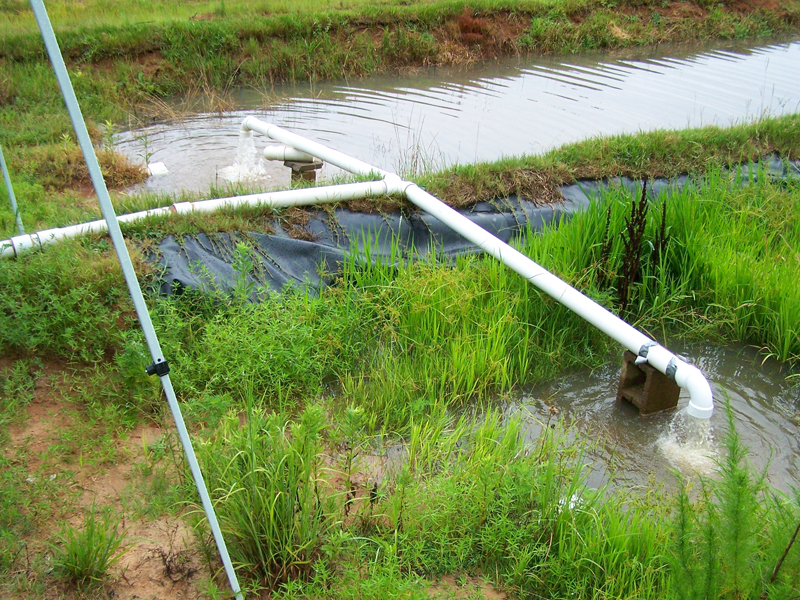
Rice is a staple food crop of 20 percent of the world’s population. It’s also grown on every continent except Antarctica.

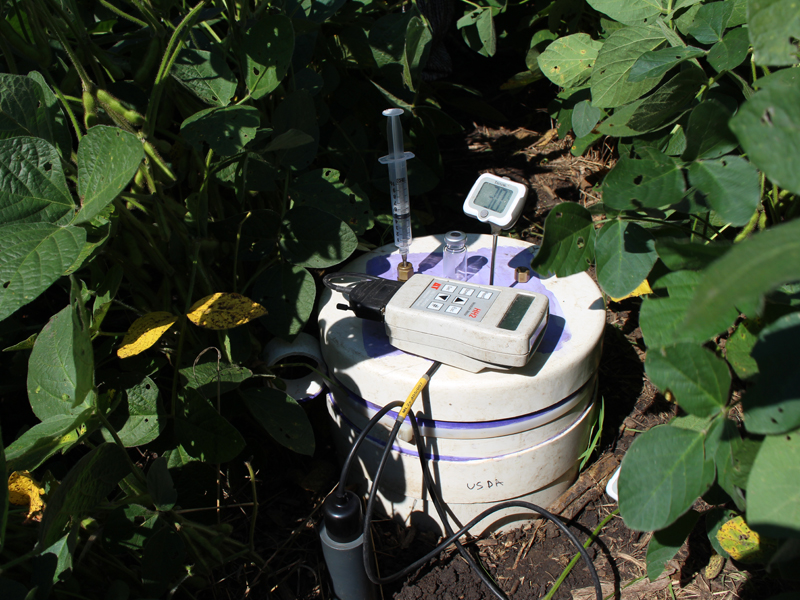
In a newly published study, researchers dug into how fertilizing with manure affects soil quality, compared with inorganic fertilizer.

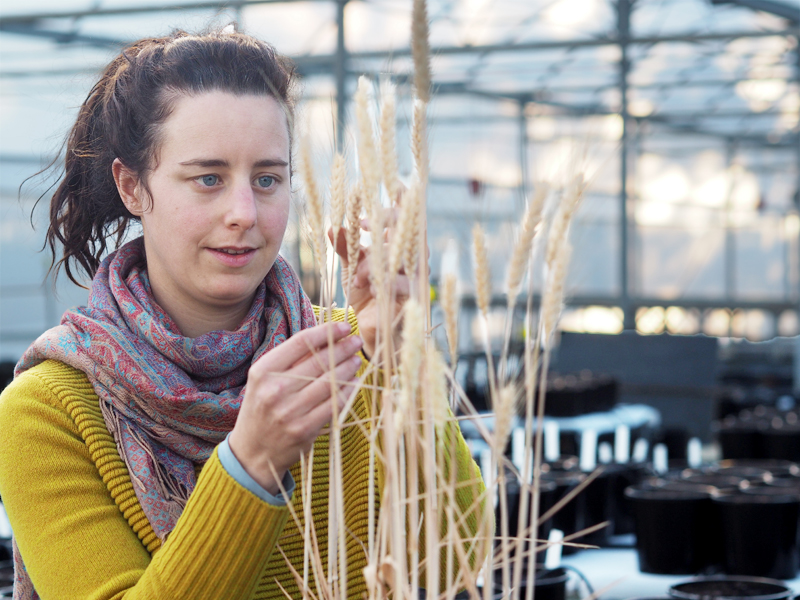
A heat wave sweeps through a city and people swelter, running indoors to find air conditioning. But crops out in a field aren’t so lucky. For them, there is no escape.

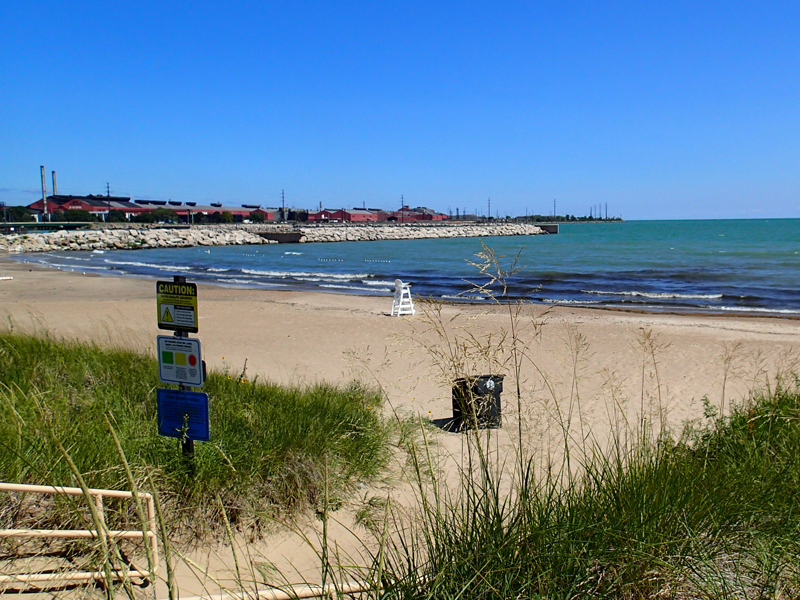
This summer, during the middle of a heat wave, you might want to enjoy a swim at your local beach. But summer is also the time of algal blooms and E.coli alerts—and that can put a damper on your plans to cool off.

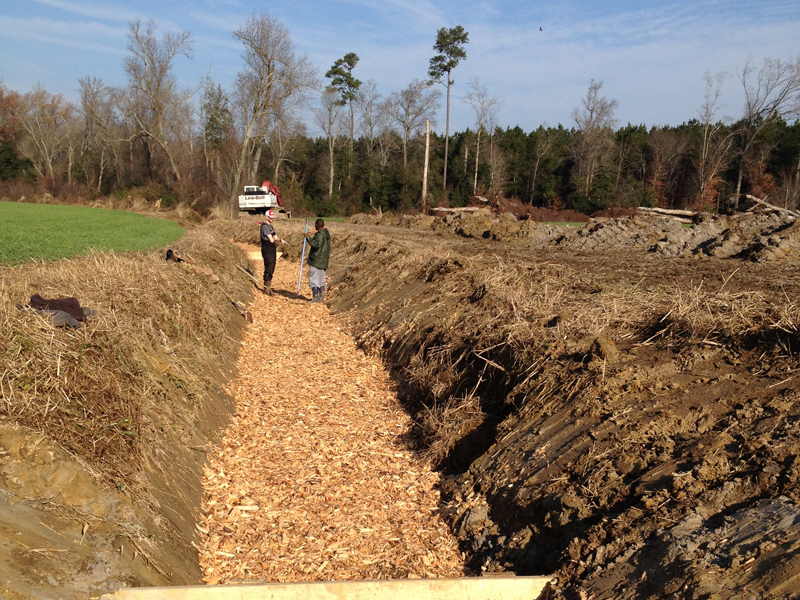
A ditch containing woodchips may look unassuming—but with a name like bioreactor it’s guaranteed to be up to more than you think.

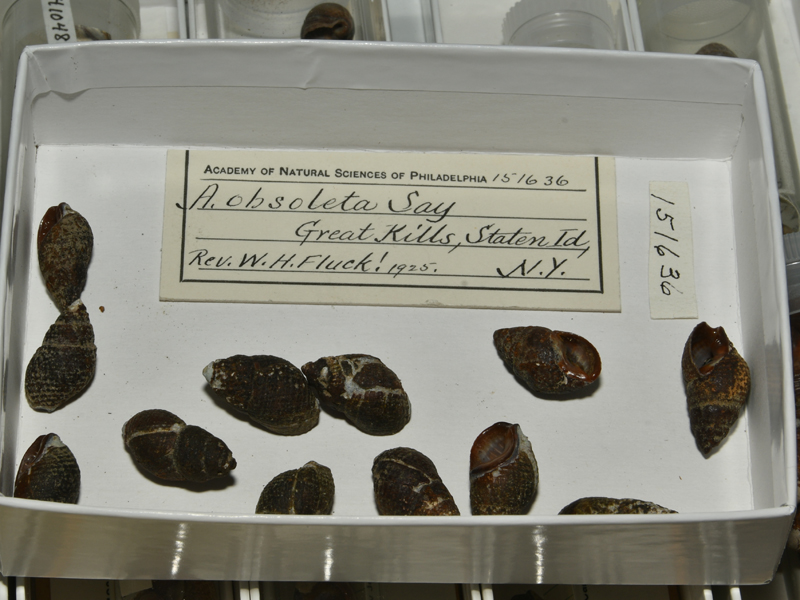
A tiny snail could be a big help to researchers measuring water quality along the U.S. and Canadian Atlantic coast.
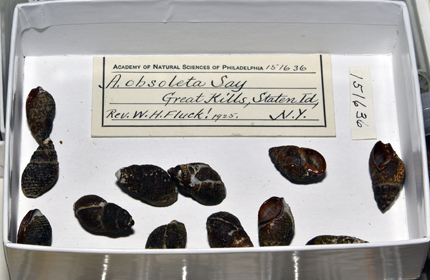
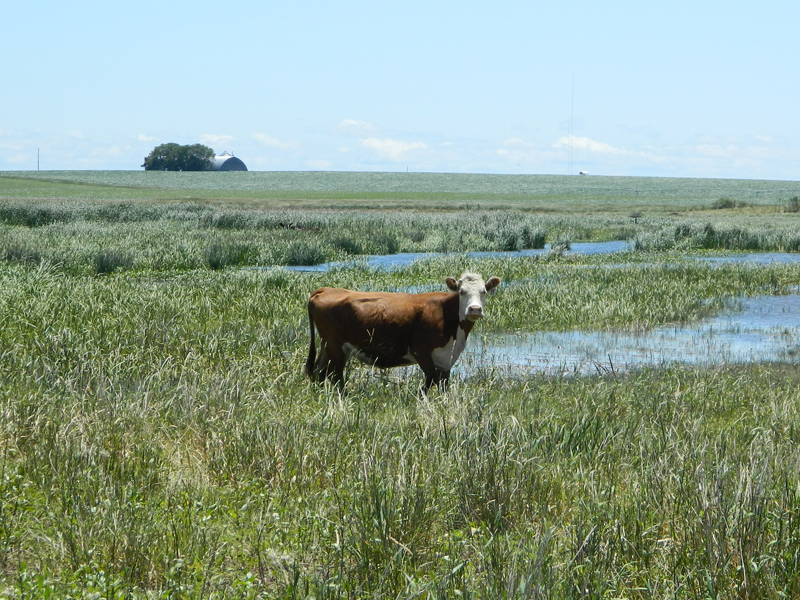
How do you host tens of millions of migratory waterfowl every year? The Rainwater Basin of southeast Nebraska provides a vital resting stop and feeding station. There, the native wetland plants produce enough seed to replenish the birds—some of them threatened or endangered species—for their long journey.

